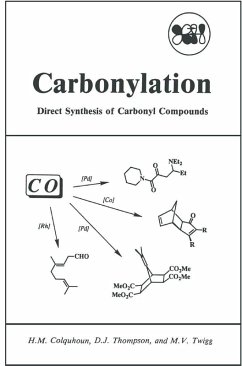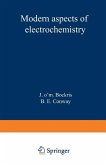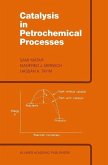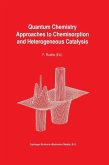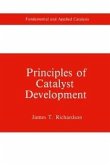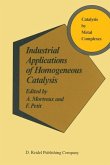Since the publication of our earlier book on transition metal mediated organic synthesis, * there has been a widespread increase of interest in this topic, and transition metal based methodology has become firmly established in many areas of organic chemistry. The direct, catalytic formation of organic carbonyl compounds using carbon monoxide as the source of the carbonyl group has seen exceptional progress, and this carbonylation chemistry is being used increasingly in research and on a larger scale for fine chemicals production. In view of these developments, there is a need for a modem, practi cally oriented book dealing with transition metal based carbonylation chemistry. The present monograph should help fulfill this need, since it is intended specifically to foster the adoption of catalytic carbonylation as a general tool in synthetic organic chemistry. It deals exclusively with reactions involving the interconversion of carbon monoxide and organic carbonyl compounds, and although the majority of the reactions discussed involve catalytic formation of carbonyl compounds, potentially valuable syntheses requiring stoichiometric quantities of transition metal are also included. In addition, a chapter is devoted to the remarkably useful reverse transformation (decarbonylation), in which an organic carbonyl group is eliminated in the form of carbon monoxide.
Dieser Download kann aus rechtlichen Gründen nur mit Rechnungsadresse in A, B, BG, CY, CZ, D, DK, EW, E, FIN, F, GR, HR, H, IRL, I, LT, L, LR, M, NL, PL, P, R, S, SLO, SK ausgeliefert werden.

